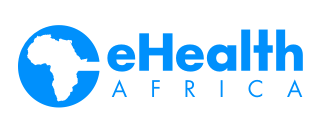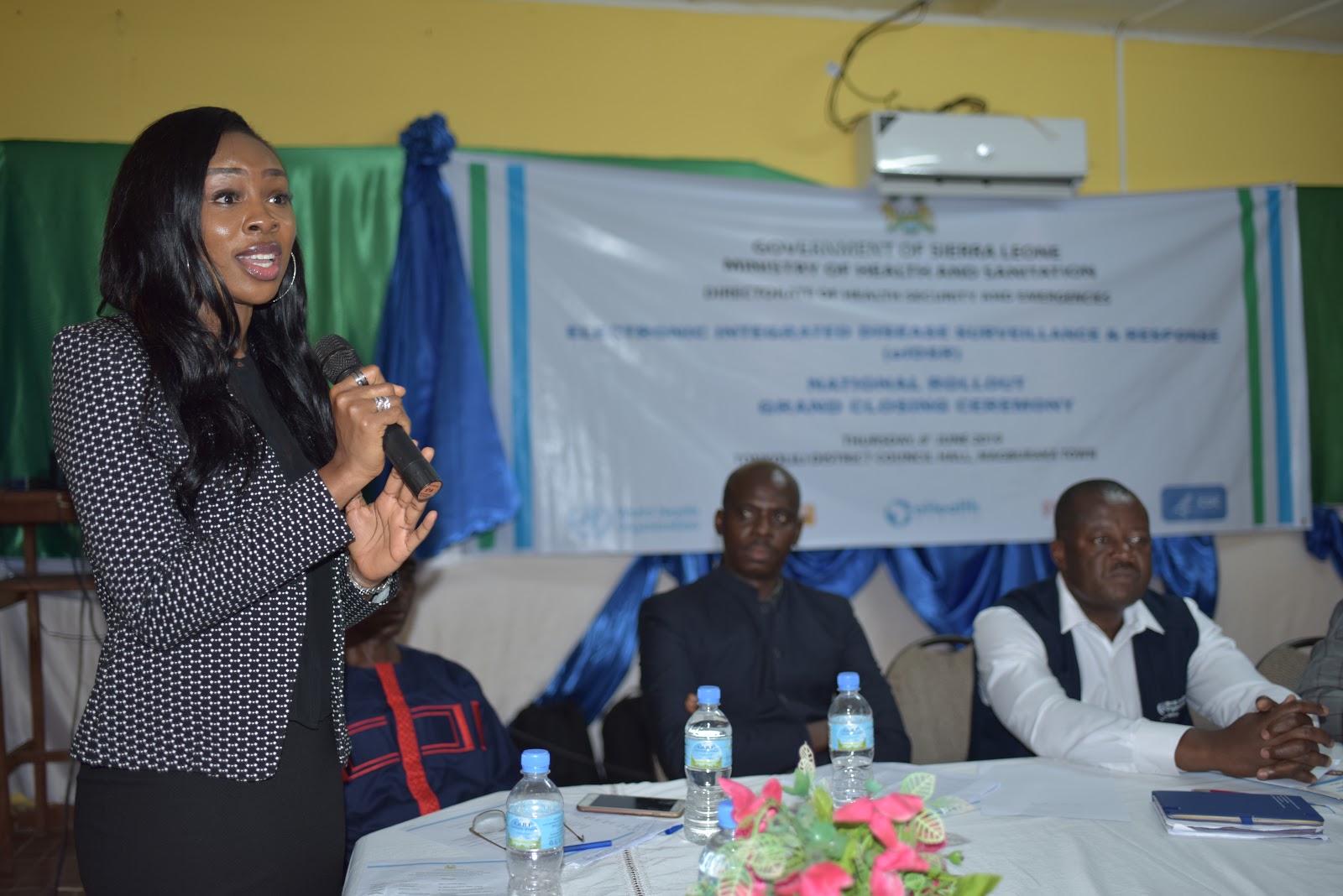Chibuzor Babalola and Angela Udongwo with eHA’s Tolulope Oginni (center)
Schistosomiasis (Snail fever) is one of twenty communicable diseases classified by the World Health Organization as Neglected Tropical Diseases. The disease has dire health and economic consequences including disability, infertility, stunting in children and death.
Its close link with poor hygiene and sanitation, make its burden higher in poor, rural communities. Schistosomiasis is contracted when people are exposed to water infested by parasitic worms called Schistosomes. According to the World Health Organization, over 250 million people worldwide are affected by this disease and 90% of them live in Africa.
This public health impact drove Emory University Masters students, Angela Udongwo and Chibuzor Babalola, to partner with eHealth Africa’s Kano Lab to conduct a two-month research study in Kano State Nigeria. In this interview, they share the inspiration behind the study and their expectations for the research.
Why Schistosomiasis? What inspired this project?
We were inspired to conduct this study because of the public health impact of schistosomiasis. Nigeria is one of the Schistosomiasis-endemic countries and in fact, has the highest number of cases worldwide. Kano state is one of the five states with the highest burden of the disease in Nigeria. There is a need for more cost-effective, accurate and sensitive field applicable diagnostics to achieve the goal of eliminating the disease.
What's the purpose of this research study?
The purpose of this research is to compare the sensitivities and specifities of three diagnostic methods—polymerase chain reaction (PCR), loop-mediated isothermal amplification (LAMP) and microscopy—for detecting Schistosoma haematobium (urinary blood fluke). The research will examine the appropriateness of these methods for field diagnosis in low-resource settings and for detecting both acute and chronic schistosomiasis. We are also administering questionnaires to assess the communities' knowledge, attitudes, and perceptions about schistosomiasis.
How did you end up doing this in Kano at eHealth Africa?
eHealth Africa was accepting interns from Emory University for summer research and having introduced my research idea to one of the co-founders at a previous event in my school, I applied. eHealth Africa is providing us with the lab space and equipment to conduct this research. Our project activities are supervised by the Lab team here in Kano and we are truly blessed to have this opportunity.
Their project is supervised by eHealth Africa’s Lab coordinator, Tolulope Oginni
What do you hope to accomplish at the end of the study?
The end goal of this study is to develop a device that is capable of detecting schistosomiasis among people with a low burden of infection. We intend to use the results of this research as preliminary data for future research and grant-funded projects. In the long term, we also hope that it will provide evidence to influence the improvement of policies on field diagnosis of schistosomiasis.

















